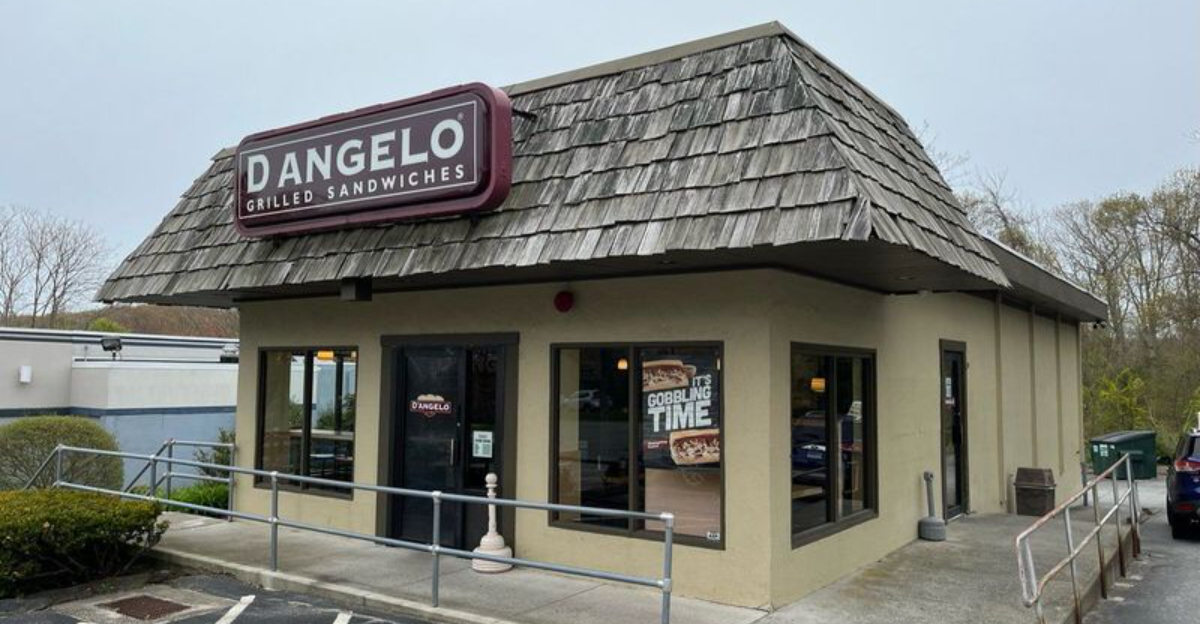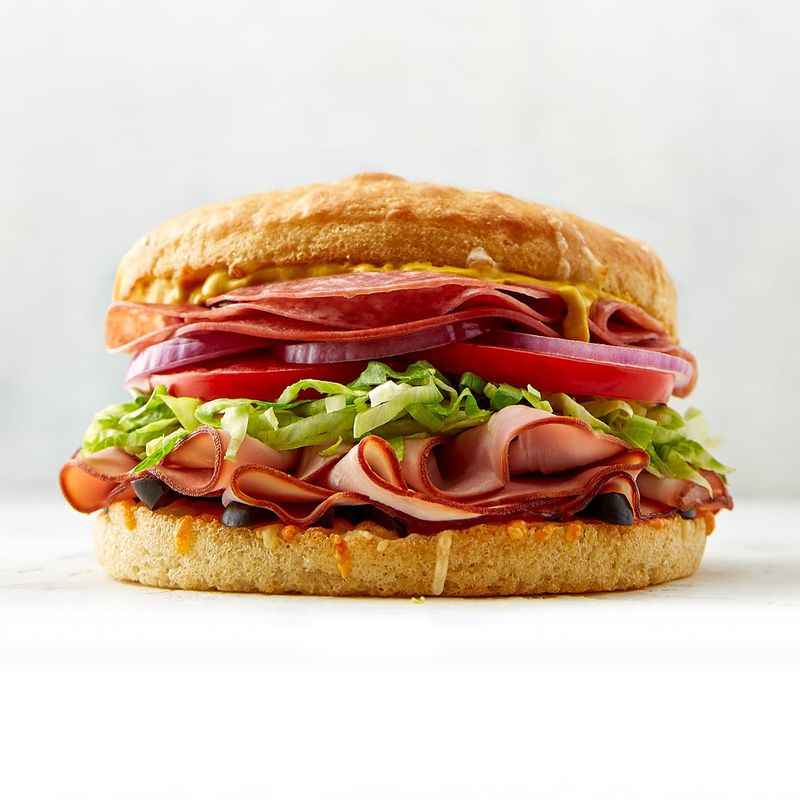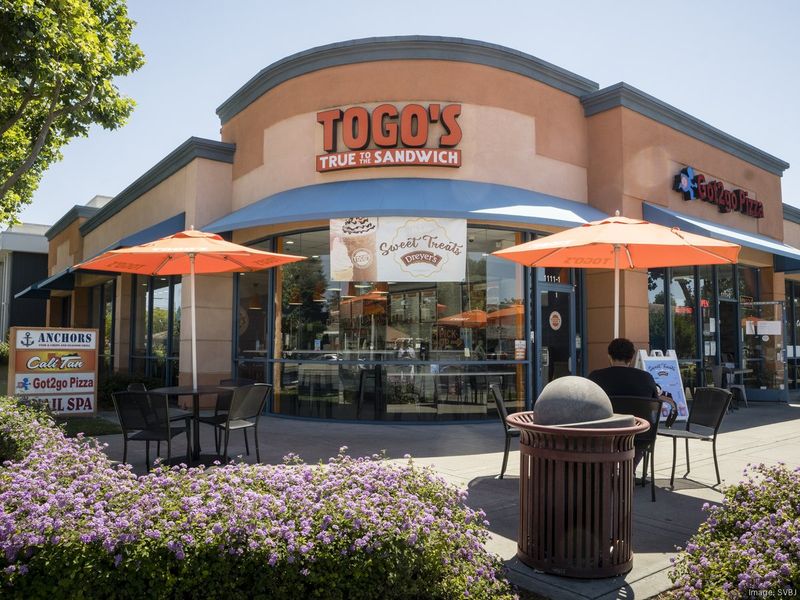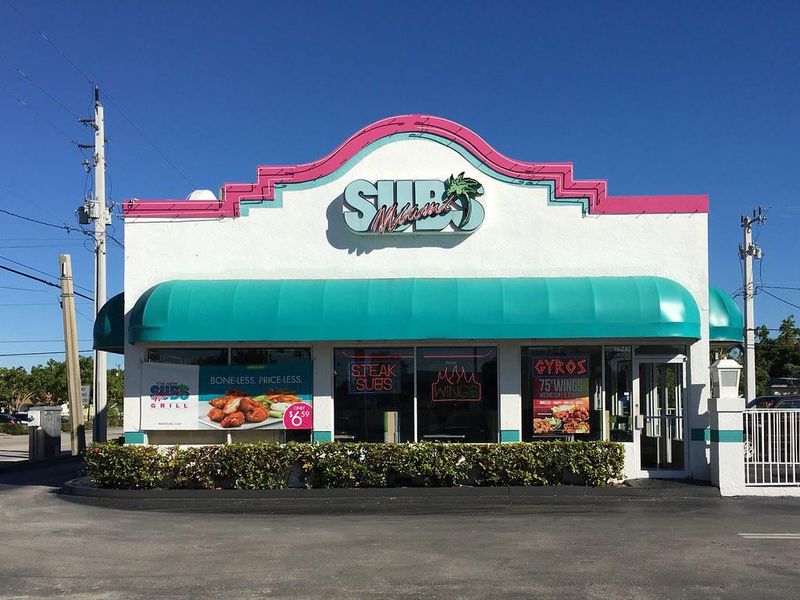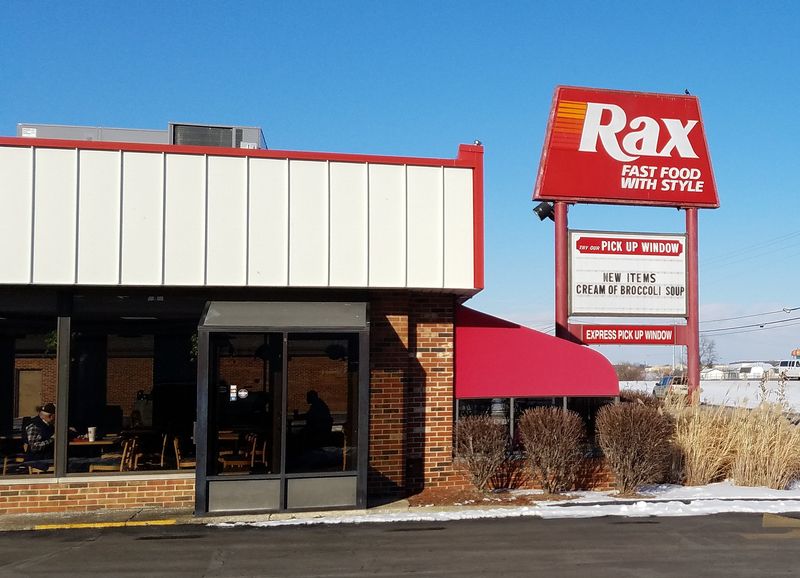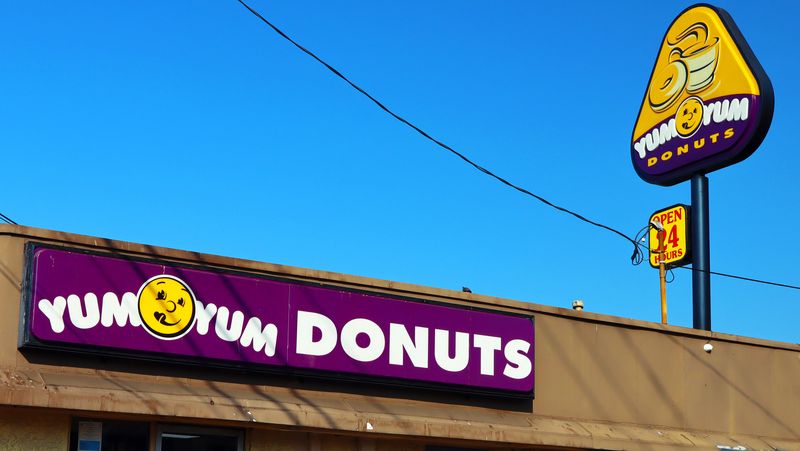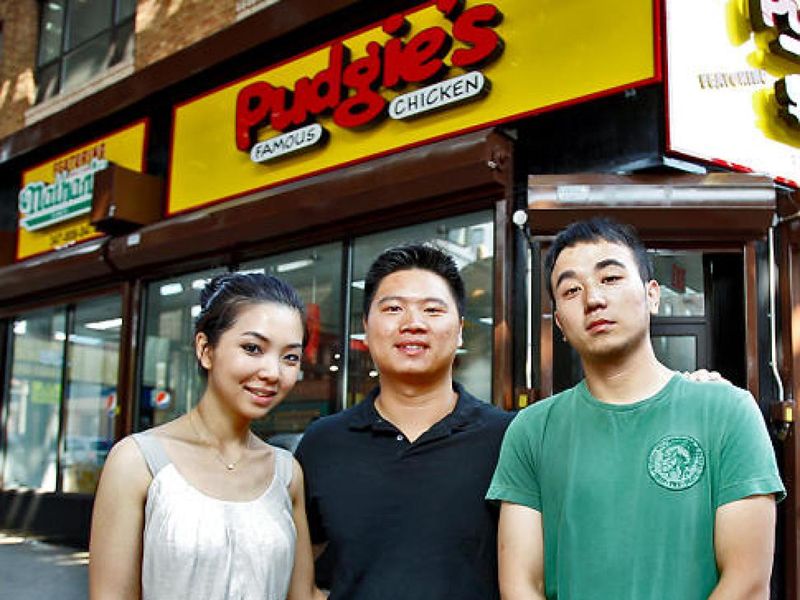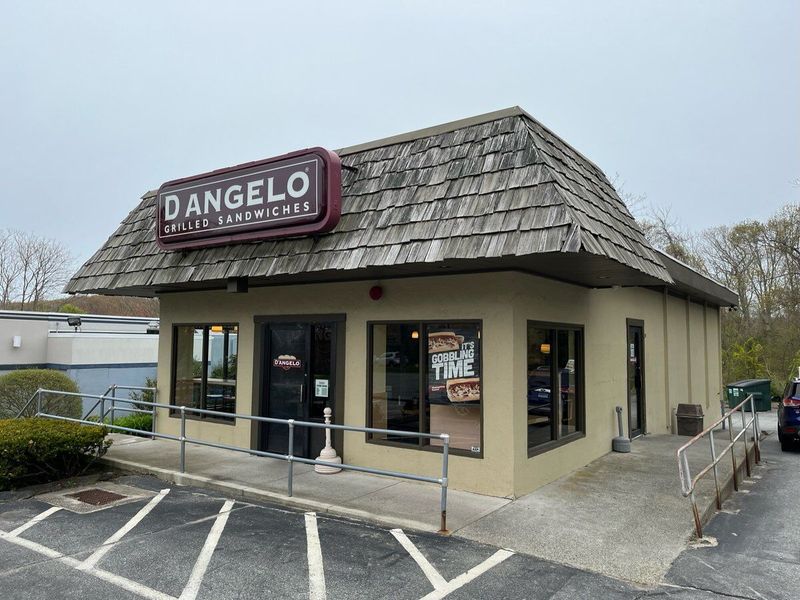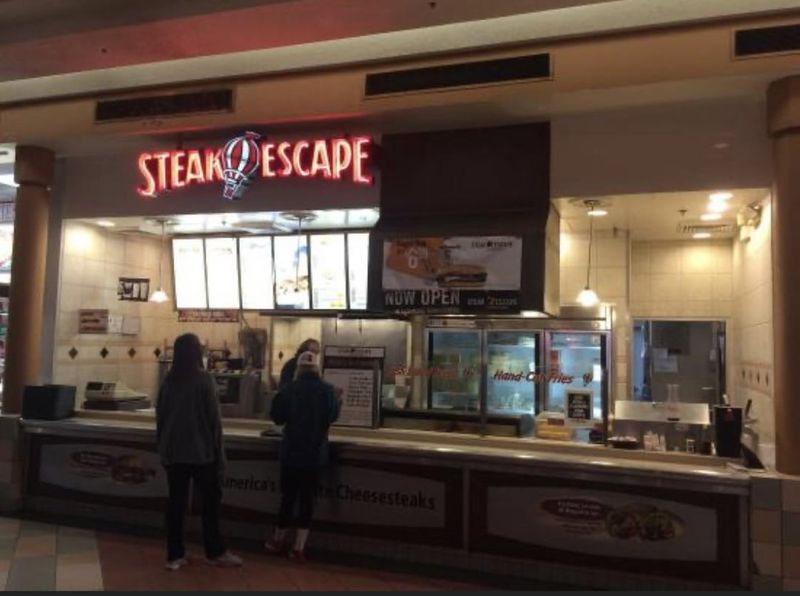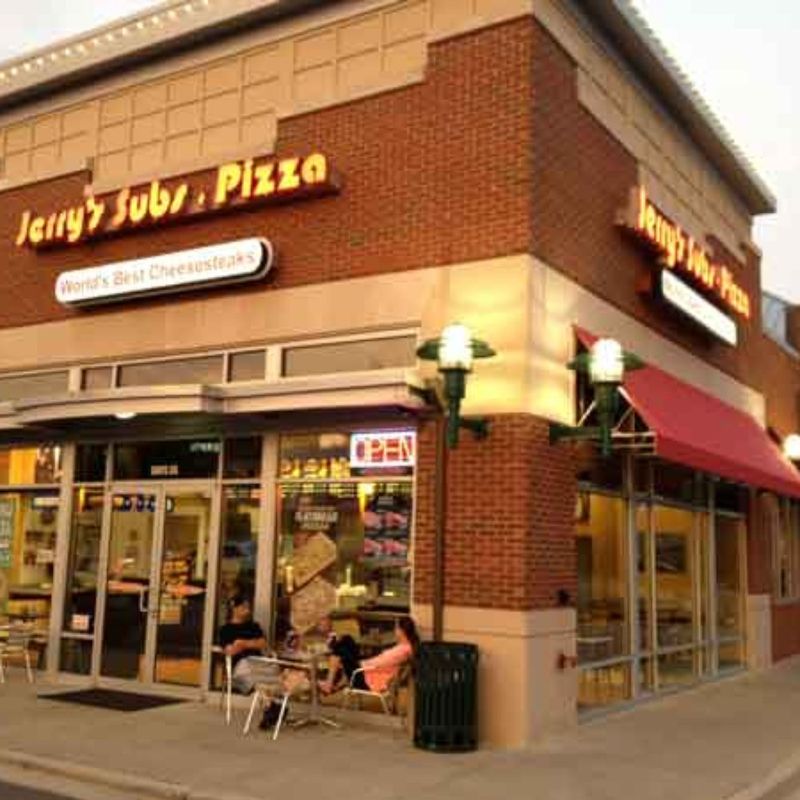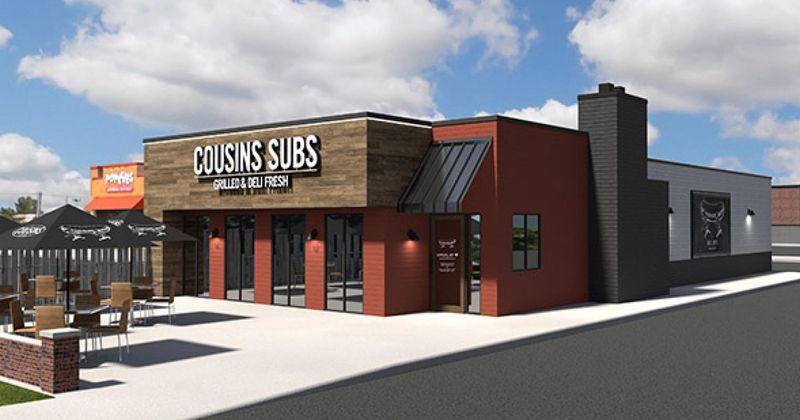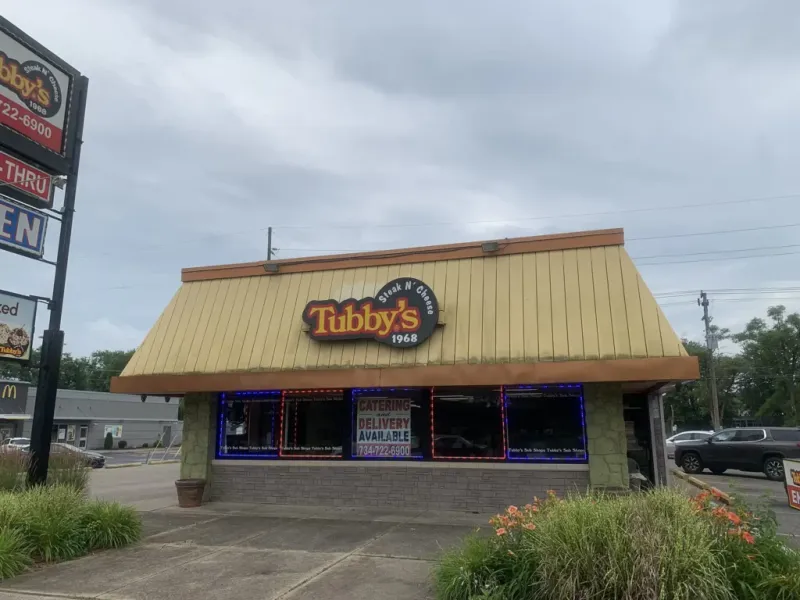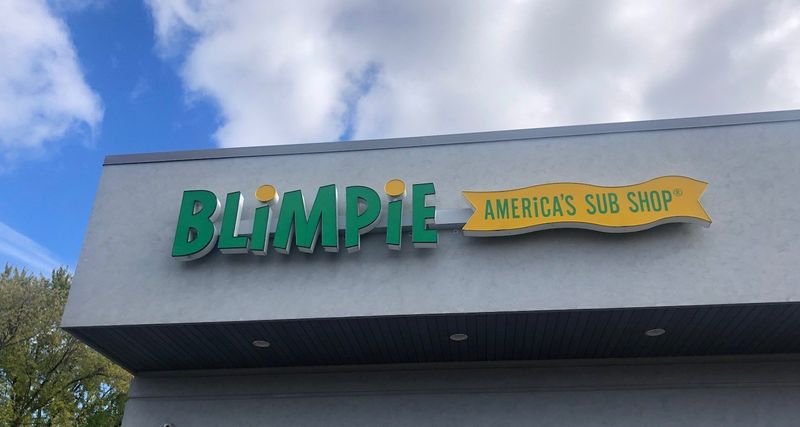In a time not so distant, these 17 sandwich chains ruled the fast-food landscape, offering unique flavors and experiences. Yet, almost overnight, they seemed to vanish, leaving only memories for their loyal fans. Each chain had its moment of glory and a story of decline. This article explores how these once-popular eateries rose to fame and what led them to fade into obscurity. From rapid expansions to unfortunate rebranding, discover the intriguing tales behind these beloved sandwich chains that were once everywhere and are now mostly a part of history.
1. Blimpie
Blimpie, once the U.S.’s leading sub chain before Subway’s dominance, was a household name in the 1990s and 2000s. Known for its hefty sandwiches and vibrant store atmosphere, it captured the hearts of many. However, franchise disputes and financial struggles led to its downfall. Despite its widespread popularity, Blimpie faced insurmountable challenges, with most locations shuttering by the 2010s. A few passionate franchisees continue to operate today, keeping the Blimpie spirit alive. But the brand’s golden era seems a distant memory. Its journey serves as a reminder of the fast-evolving nature of the food industry.
2. Quiznos
In the mid-2000s, Quiznos’ toasted subs were the talk of the town. The chain’s unique offerings and quirky advertising drew in crowds, making it a favorite among sandwich lovers. However, aggressive franchising fees and mounting lawsuits took their toll. Competition from Subway and Firehouse Subs further strained the business. From over 5,000 locations, only a few hundred remain today. Quiznos’ story is one of rapid growth followed by an equally rapid decline, a classic tale of how fierce competition and internal challenges can lead to a company’s downfall.
3. Schlotsky’s
Schlotsky’s, known for its trademark sourdough sandwiches, enjoyed widespread popularity during the 1980s and 1990s. Its unique bread and flavors attracted a loyal customer base. However, rapid expansion plans backfired, leading to financial difficulties. The chain filed for bankruptcy in the 2000s, drastically reducing its footprint. Now, only about 50 locations survive, serving as a testament to its once-thriving presence. Schlotsky’s story underscores the risks of overexpansion and the importance of sustainable growth in the fast-food industry, a lesson that resonates with many businesses today.
4. Togo’s
Togo’s was a West Coast sensation in the 1980s and 1990s, celebrated for its fresh ingredients and distinctive sandwiches. The chain’s popularity soared, becoming a beloved local favorite. However, frequent buyouts and rebranding efforts led to confusion among customers and franchisees alike. This turmoil resulted in mass closures, drastically reducing its presence. Though Togo’s still operates today, it is but a shadow of its former self. The chain’s story highlights the impact of ownership changes on brand identity and customer loyalty, serving as a cautionary tale.
5. Miami Subs
Miami Subs was a South Florida staple during the 1980s and 1990s, renowned for its diverse menu that included gyros and cheesesteaks. Its vibrant atmosphere and unique offerings made it a local favorite. However, a rebranding effort to “Miami Subs Grill” failed to resonate with customers, leading to a decline in popularity. As competition increased, the chain faded into obscurity. Today, Miami Subs exists only in the memories of those who enjoyed its distinctive flavors. Its story is a testament to the challenges of rebranding and the importance of staying true to a brand’s core identity.
6. Rax Roast Beef
During the 1980s, Rax Roast Beef emerged as a formidable rival to Arby’s, known for its savory roast beef sandwiches and inviting dining atmosphere. The chain’s retro-themed restaurants attracted a loyal customer base, eager to enjoy its hearty offerings. However, as fast-food trends evolved, Rax struggled to keep pace. By the 2000s, most locations had closed, leaving only a handful in the Midwest. Rax’s tale is a classic example of a brand unable to adapt to changing consumer preferences, highlighting the necessity for innovation in the competitive fast-food landscape.
7. Yum Yum Donuts (Sandwich Line)
Known primarily for its delectable donuts, Yum Yum Donuts ventured into the sandwich market in the 1980s, adding a savory twist to its menu. The chain’s attempt to diversify attracted curious customers eager to try its new offerings. However, the sandwich line was short-lived, and Yum Yum soon returned to focusing solely on its core product. Over time, the chain itself dwindled in presence. Yum Yum’s brief foray into sandwiches serves as a reminder of the challenges and risks associated with branching out from a well-established niche.
8. Pudgie’s Famous Chicken
In the 1970s and 1980s, Pudgie’s Famous Chicken captivated New York with its tantalizing chicken subs. The chain’s cozy atmosphere and flavorful offerings made it a beloved local haunt. However, as Boston Market acquired Pudgie’s, it phased out the brand, focusing on its own concept. This acquisition marked the end of Pudgie’s, leaving behind fond memories of its signature sandwiches. Pudgie’s story is a poignant example of how corporate acquisitions can alter the trajectory of a beloved local brand, impacting both its identity and loyal customer base.
9. D’Angelo Grilled Sandwiches
D’Angelo Grilled Sandwiches was a New England favorite in the 1990s, celebrated for its hearty grilled creations. Its local charm and quality offerings drew a dedicated customer base. However, financial struggles faced by its parent company, which also owned Friendly’s, led to a decline. Many locations closed, and the chain’s presence dwindled significantly. Despite its fall from grace, D’Angelo remains a fond memory for many New Englanders. The chain’s journey highlights the impact of financial instability on beloved local brands and serves as a cautionary tale for businesses reliant on corporate stability.
10. Schoop’s Hamburgers (Sub Line)
Schoop’s Hamburgers, a Midwest favorite, briefly ventured into the sub market during the 1970s and 1980s. Known for its classic burgers, the chain’s foray into subs was an attempt to diversify its offerings. However, the sub line failed to capture the same enthusiasm as its burgers, leading to a retreat back to its core product. Most locations have since closed, leaving behind a legacy of delicious burgers. Schoop’s brief sub experiment underscores the challenges of expanding beyond a well-loved menu, reminding brands to carefully assess market demand before diversifying.
11. Steak Escape
In the 1980s and 1990s, Steak Escape was a prominent name in malls and food courts, offering delicious cheesesteaks that delighted shoppers. The chain’s flavorful offerings and convenient locations made it a popular choice for a quick meal. However, as the retail landscape changed and malls declined, Steak Escape struggled to maintain its presence. Today, only a few franchises remain, keeping the legacy alive for loyal fans. Steak Escape’s story highlights the impact of changing retail environments on food chains, underscoring the importance of adaptability in a dynamic market.
12. Jerry’s Subs & Pizza
Jerry’s Subs & Pizza was a Mid-Atlantic staple in the 1990s, known for its delightful combination of subs and pizza. The chain’s lively atmosphere and diverse menu attracted a wide customer base. However, franchise struggles and stiff competition from larger chains led to its decline. Today, many of its locations have closed, leaving behind fond memories for those who enjoyed its offerings. Jerry’s journey is a classic example of how internal and external challenges can affect a business’s longevity, highlighting the need for strong franchise management and competitive strategies.
13. Cousins Subs
Cousins Subs, a Wisconsin treasure, gained prominence in the 1990s for its hearty subs and cozy dining experience. The chain’s local appeal and quality offerings made it a favorite among Wisconsinites. However, it struggled to compete with Subway’s aggressive expansion, leading to a diminished presence. Although Cousins still operates today, it is a shadow of its former self, with significantly fewer locations. The tale of Cousins Subs serves as a reminder of the competitive nature of the food industry and the challenges faced by regional chains in the face of national giants.
14. Lenny’s Sub Shop
In the early 2000s, Lenny’s Sub Shop was a rising star in the sandwich industry, known for its fresh and flavorful subs. The chain’s welcoming environment and quality ingredients drew in a steady stream of customers. However, poor franchise management led to operational challenges, causing many stores to close. Today, Lenny’s exists in the memories of its patrons, a testament to its once-promising potential. The story of Lenny’s Sub Shop highlights the importance of effective franchise management and operational oversight in maintaining a successful business in the competitive fast-food space.
15. Tubby’s
Tubby’s, a beloved Michigan-based sub chain, thrived in the 1980s with its generous subs and friendly atmosphere. The chain’s local charm and quality offerings made it a community favorite. However, after the founder’s death, the brand struggled to maintain its footing, leading to a decline in locations. Today, only a few Tubby’s outlets remain, cherished by loyal customers. The story of Tubby’s underscores the challenges faced by family-owned businesses during leadership transitions, highlighting the importance of succession planning in ensuring a brand’s continuity and success.
16. Blimpie Best
Blimpie Best was a short-lived spinoff of Blimpie in the 1990s, offering a “premium” sandwich experience. Despite its promising start, the concept failed to resonate with customers, leading to its swift demise. The brief existence of Blimpie Best serves as a cautionary tale about the risks of brand spinoffs without clear differentiation. Though it aimed to elevate the Blimpie experience, it instead highlighted the challenges of innovation within a well-established brand. Blimpie Best’s story is a reminder to businesses of the importance of understanding customer preferences and market needs before launching new ventures.
17. Submarina
Submarina, a West Coast sub chain, enjoyed popularity in the 1990s with its fresh ingredients and vibrant dining environment. The chain’s focus on quality and local appeal made it a favorite among customers. However, it was eventually absorbed by Togo’s, which also faced its own decline. Submarina’s story is a poignant example of how mergers and acquisitions can alter the course of once-thriving brands. Despite its absorption into Togo’s, the legacy of Submarina lives on in the memories of those who enjoyed its offerings, reflecting the ever-changing dynamics of the food industry.
